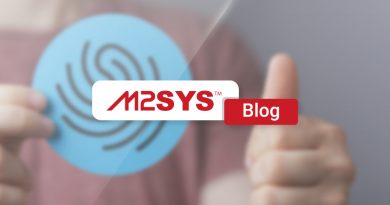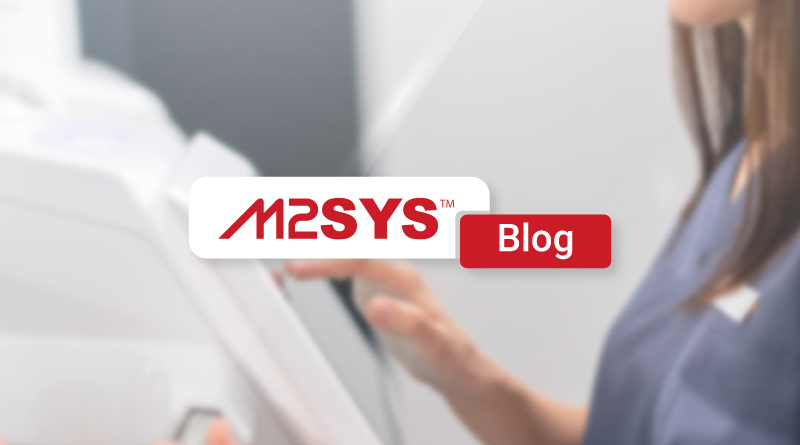Enhance Crisis Response with Real-Time Government Performance Monitoring Tools
Real-time government performance monitoring offers instant insights into operations, enabling faster crisis response and saving lives. By tracking key metrics, agencies can make quick decisions based on live data, reducing response times by up to 40%. Despite integration challenges, these tools enhance resilience and efficiency in crisis management.
TL;DR
- Real-time government performance monitoring provides instant insights, enabling faster crisis response and saving lives.
- These tools track key metrics like resource use and response times, reducing delays and costs by up to 40%.
- Dynamic dashboards offer live data, allowing quick adjustments and secure remote access during emergencies.
- Integration with legacy systems can be challenging, but smart platforms streamline connections and cut project costs by 25%.
- Real-time monitoring enhances resilience, improving future crisis management and building public trust.
- Successful implementations in Yemen, Nigeria, and the US demonstrate improved decision-making and efficiency.
- M2SYS eGov offers proven eGovernance solutions with seamless integration and secure cloud-based setups.
Discover how M2SYS eGov can enhance your agency's crisis response capabilities. Contact us today to learn more.
Did you know that during Hurricane Katrina in 2005, delayed responses contributed to over 1,800 deaths and billions in damages? Government agencies often struggle with slow data access in crises, but real-time government performance monitoring changes that. This approach gives leaders instant insights into operations, so they act fast and save lives. Now, agencies worldwide turn to these tools to handle disasters and emergencies better.
What Is Real-Time Government Performance Monitoring?
Real-time government performance monitoring tracks key metrics as events unfold. For example, it watches resource use, team response times, and system readiness. Agencies get live updates through dashboards, so they spot issues early. Therefore, leaders make quick choices based on fresh data. In fact, a 2023 study by Deloitte showed that governments using real-time tools cut response times by up to 40%. However, many agencies still rely on outdated methods, leading to delays and higher costs. So, adopting these systems helps agencies stay ahead of problems.
Why Do Crises Demand Faster Data Insights?
Natural disasters and health emergencies hit without warning, and slow information flow worsens outcomes. For instance, during the COVID-19 pandemic, some governments delayed lockdowns due to poor tracking of case numbers and hospital capacities. As a result, infections spread faster. Real-time government performance monitoring fixes this by providing constant updates on critical areas. Agencies then allocate supplies where needed most, and teams respond in minutes instead of hours. Moreover, this reduces risks to public safety. Yet, integration with old systems often poses challenges for agencies, vendors, and integrators. They face high costs and long setup times, which delay benefits.
How Can Agencies Overcome Integration Hurdles?
Integration issues slow down many eGovernance projects, but smart platforms make it easier. Government agencies deal with legacy systems that do not connect well, causing data silos and errors. Software vendors and integrators spend months on custom fixes, raising expenses. However, platforms designed for smooth connections cut these problems. For example, they link to existing databases without major overhauls. Consequently, agencies deploy faster and avoid disruptions. A report from Gartner in 2024 noted that seamless integration saves governments an average of 25% in project costs. Thus, choosing the right platform streamlines the process and boosts overall performance.
What Role Do Dynamic Dashboards Play in Crisis Management?
Dynamic dashboards serve as the heart of real-time government performance monitoring. They display live data on screens, so users see metrics like resource levels and response speeds at a glance. During a flood, for example, officials track evacuation progress and supply routes in real time. This allows quick adjustments, such as rerouting teams to blocked areas. Furthermore, these tools use cloud setups for secure access from anywhere. As a result, remote leaders stay informed without on-site presence. But without such dashboards, agencies miss opportunities to act proactively, leading to extended downtimes.
Can Real-Time Tools Build Resilient Operations?
Yes, real-time government performance monitoring strengthens long-term resilience. Agencies prepare better for future events by analyzing past data trends. For instance, after a wildfire, they review response metrics to improve plans. This builds trust with citizens, who see transparent and effective actions. In addition, secure cloud-based systems protect data from breaches, ensuring compliance with regulations. However, agencies often face deployment delays due to complex setups. Vendors and integrators help by providing scalable options that fit various needs. A 2022 McKinsey analysis found that resilient operations reduce crisis impacts by 30%. Therefore, investing in these tools pays off in safer communities.
How Has Real-Time Monitoring Proven Effective in Real Projects?
Look at Yemen’s voter registration project, where a digital system handled data for 14 million citizens, reducing disputes and building trust. Similarly, in Nigeria, a nationwide registration effort for 140 million mobile users improved security and compliance through constant monitoring. In the US, South Carolina’s workforce tracking cut time theft and costs across 50 offices. These examples show how real-time tools enhance decision-making and efficiency. Meanwhile, Las Vegas modernized recreation access, serving 20,000 residents with streamlined processes. Such successes highlight the value for governments facing crises.
Why Choose a Proven Platform for eGovernance Solutions?
With over 20 years of experience helping governments globally and in the US, M2SYS eGov stands out as a platform that builds and delivers eGovernance solutions. It tackles pain points like inefficient resource allocation and delayed responses. For example, its dynamic dashboards provide instant views of key metrics, so agencies adjust on the fly. Plus, seamless integration with existing systems means quick setups without high costs. Additionally, the cloud-based setup ensures secure, ongoing monitoring for resilient operations. As a result, government agencies, software vendors, and integrators find it reliable for crisis readiness. To see how M2SYS eGov can support your needs, explore more about its features today.
FAQs on Real-Time Government Performance Monitoring
- What is the importance of real-time government performance monitoring?
This monitoring system is crucial for improving government response to crises by providing immediate updates on operations, allowing for faster decision-making and better resource allocation. For more on how real-time tools play a role in eGovernance solutions, check out our detailed post about eGovernance Software. - How does real-time monitoring affect public safety during emergencies?
It reduces risks by enabling quick responses and efficient resource distribution during crises. Learn about how such solutions have been effective worldwide in our eGovernment Solutions article. - What challenges do agencies face in integrating real-time monitoring systems?
Integration with legacy systems and high initial costs are significant challenges. Using platforms that ensure seamless integration can reduce these hurdles. Discover more in our piece on Challenges and Solutions. - Why is it beneficial to use a trusted platform for crisis management?
An experienced and proven platform ensures reliable service, quick setup, and secure data handling, improving crisis readiness. Explore what makes M2SYS eGov a trusted choice.









